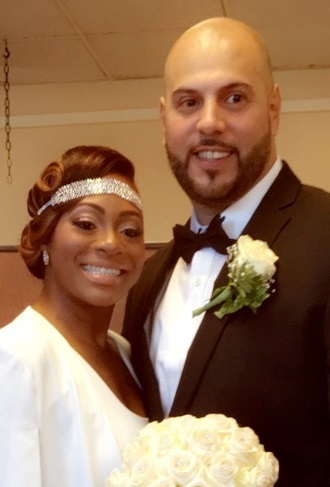Richard Leakey
Birth Name: Richard Erskine Frere Leakey
Date of Birth: 19 December, 1944
Place of Birth: Nairobi, British Kenya (now Kenya)
Date of Death: 2 January, 2022
Place of Death: Nairobi, Kenya
Ethnicity: English, some Scottish and Irish
Richard Leakey was a Kenyan palaeoanthropologist, conservationist, and politician. He was an important figure in the country’s archaeology and wildlife conservation, as a Director of the National Museum of Kenya, founder of NGO WildlifeDirect, and chairman of the Kenya Wildlife Service.
Richard was born in Nairobi, to a British family established in Kenyan society before and after his birth. He was the son of paleoanthropologist and archaeologist Louis Leakey (Louis Seymour Bazett Leakey) and paleoanthropologist Mary Leakey (born Mary Douglas Nicol). His mother was born in London, and discovered the first fossilised Proconsul skull, an extinct ape which was likely an ancestor of humankind, and the robust Zinjanthropus skull. His father was born in Kabete, East Africa Protectorate, to Church of England missionaries in British East Africa, now Kenya; they were part of an established post of the Church Mission Society among the Kikuyu, in the highlands north of Nairobi.
Richard’s mother’s family often traveled to the U.S., Italy, Egypt, and France. She met Louis Leaky in the early 1930s. The two made many discoveries in Olduvai Gorge, a paleoanthropological locality in Tanzania. His parents helped demonstrate that humanity evolved in Africa. His father was later curator of the Coryndon Museum in Nairobi, and his mother directed the Leakey excavations at Olduvai.
His brother, Philip Leakey, served in the Kenyan Parliament.
Richard was married to British palaeoanthropologist Meave Leakey, until his death. He had a daughter with his former wife, archaeologist Margaret Cropper; and two children, including paleontologist and anthropologist Louise, Princess of Merode, with Maeve. Louise is married to Prince Emmanuel de Merode, a Belgian nobleman, conservationist, and anthropologist. Louise is the youngest documented person to find a hominoid fossil.
Richard was the nephew of Anglican archbishop Leonard Beecher, the first archbishop of the Province of East Africa, then in Kenya and Tanzania, who married his father’s sister Gladys; and Anglican Bishop of Southwark, Lawrence Barham, who married his father’s sister Julia.
Richard’s paternal grandfather was named Harry Leakey (the son of James Shirley Leakey). James was the son of landscape and portrait artist James Leakey, and of Eliza Hubbard Woolmer. Richard’s great-grandfather’s sister was writer Caroline Leakey, who wrote “The Broad Arrow.”
Richard’s paternal grandmother was Mary (May) Bazett Leakey.
Richard’s maternal grandfather was Erskine Edwin Nicol (the son of Erskine Nicol and Margaret Mary Wood). Richard’s grandfather Erskine was born in London, England, and painted watercolours. Richard’s great-grandfather Erskine was born in Edinburgh, Scotland, and was a figure and genre painter. He was the son of James Main Nicol and Margaret Alexander.
Richard’s maternal grandmother was named Cecilia Marion Elizabeth Frere (the daughter of a father surnamed Frere, and of Cecilia Byrne). Richard’s great-grandmother Cecilia was Irish. Richard’s fourth great-grandfather was John Frere, an English antiquary and pioneering discoverer. He discovered Old Stone Age/Lower Palaeolithic tools in association with large extinct animals at Hoxne, Suffolk in 1797. John’s sister, Richard’s five times great-aunt Ellenor Fenn, was a children’s book writer.
The Frere family were prominent abolitionists, who established communities of freed slaves in the 19th century.
Richard’s Frere name is said to originate in France, though the surname goes back to England at least through the 1500s.
Source: Genealogy of Richard Leakey – https://www.geni.com

Ethnicity Related Discussion